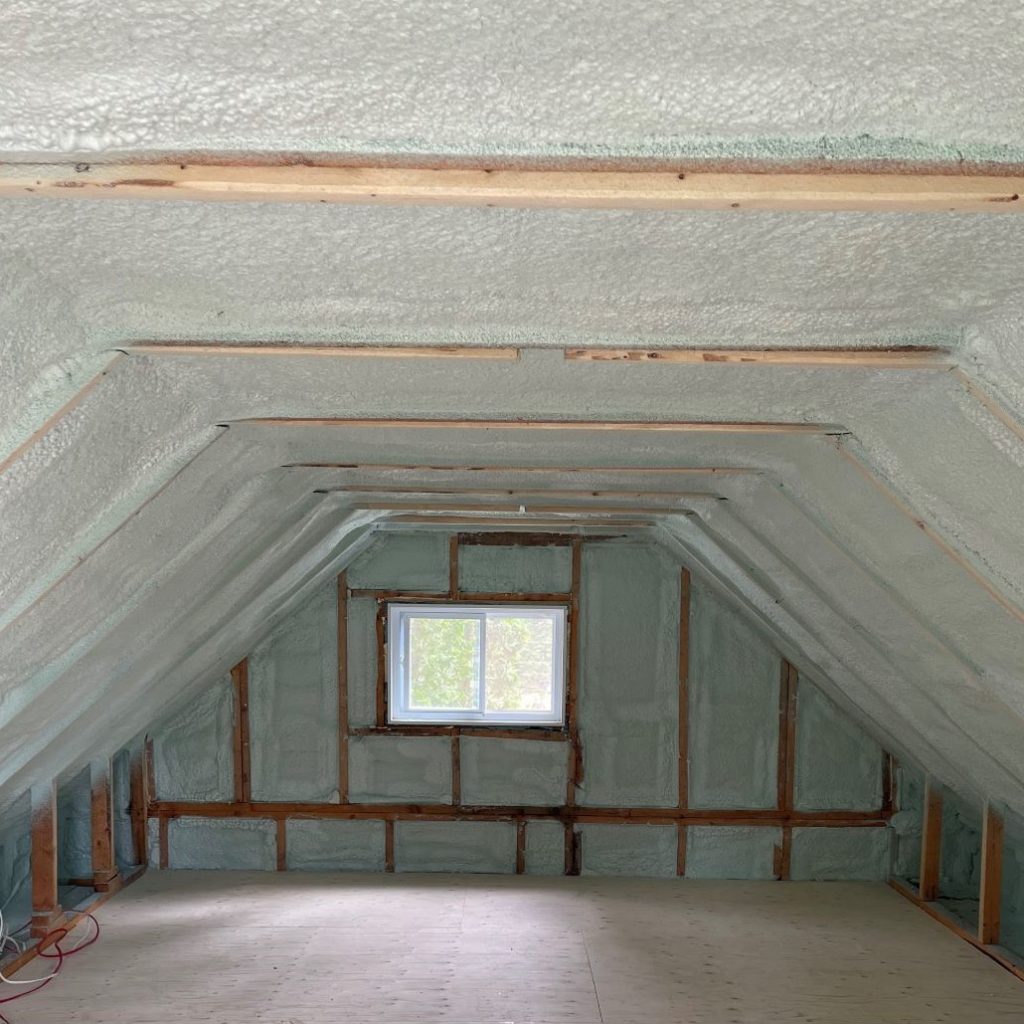How to Choose the Right Insulation?
That’s it, after years of thinking about it, you finally decided to fix your insulation problems once and for all. It’s now time to get the materials, but you don’t know which ones to use? Whether you want to insulate your basement, the above-ground walls, or the attic, each place comes with its own particularities as well as its best insulator. So here is what you should know in order to choose the right insulation for the right part of the house.
The Best Insulation for the Basement
The basement cement sub-slab is a very cold and humid place. If you want the floor you’ll be installing not to be cold for your feet, you’ll need to insulate it properly. To get good results, nothing equals sprayed polyurethane in terms of performance. Not only is it made on site directly on the gravel, but it’s also the material that has the highest insulation factor, which is R6 per inch. It acts as an air barrier and as a vapour barrier at the same time, without any joint.
Sprayed polyurethane is also the insulator to choose to insulate the end joists, the foundation walls and the hard-to-reach places. During the basement renovations, it’s also important to follow the best insulation procedures in order to obtain optimal performances.
Although polystyrene is a good product, it doesn’t seal the joints between panels hermetically. It’s also impossible to make the polystyrene panels adhere perfectly to the concrete to avoid the formation of mildew between the foundation wall and the insulation.

Properly Insulate Above-Ground Walls
When renovating the walls of a house that was built in the 1960s and 1970s, the goal is to increase the insulation factor. Fibreglass wool used as insulation in this era has a maximum insulation factor of R-12. To reach today’s norms, the energy performance must reach R24,5. The best way to get to this level is to cover the walls with Type 2 sprayed urethane, which acts as a vapour barrier in addition to being airtight.
In fact, sprayed urethane is the insulator used in 100% of our renovating projects duplexes and triplexes in the Greater Montreal Area.

The Best Performing Attic Insulation
We recommend using cellulose to cover the thermal bridges in your attic. This insulator made from recycled paper is less polluting to produce than fibreglass. Cellulose has a R-3,7 per inch factor compared to R-3,0 for fibreglass. It’s efficient and ecological in addition to being very effective in soundproofing. It’s also less expensive than all the other insulators since 2 manufacturers make it in the Greater Montreal Area.
Adding 6 to 8 inches of cellulose in the existing attics is an excellent means to reduce your electric bill. It will cover the many holes that go through your attic, causing a lot of heat loss.

Beyond Insulation: The Right Installation Technique
Although the choice of the right insulation is essential, if it is not installed correctly with the appropriate technique, the result will not be optimal and you may still have energy losses. At Isolation Majeau, our insulation experts are trained to install cellulose and spray polyurethane according to the best practices. Since our installers are certified by the manufacturer, you will benefit from the best performance.
If you have any questions regarding our materials and our installation techniques, don’t hesitate to contact one of our specialists.
This article was originally published on February 12, 2021 by Marcel Lapierre








